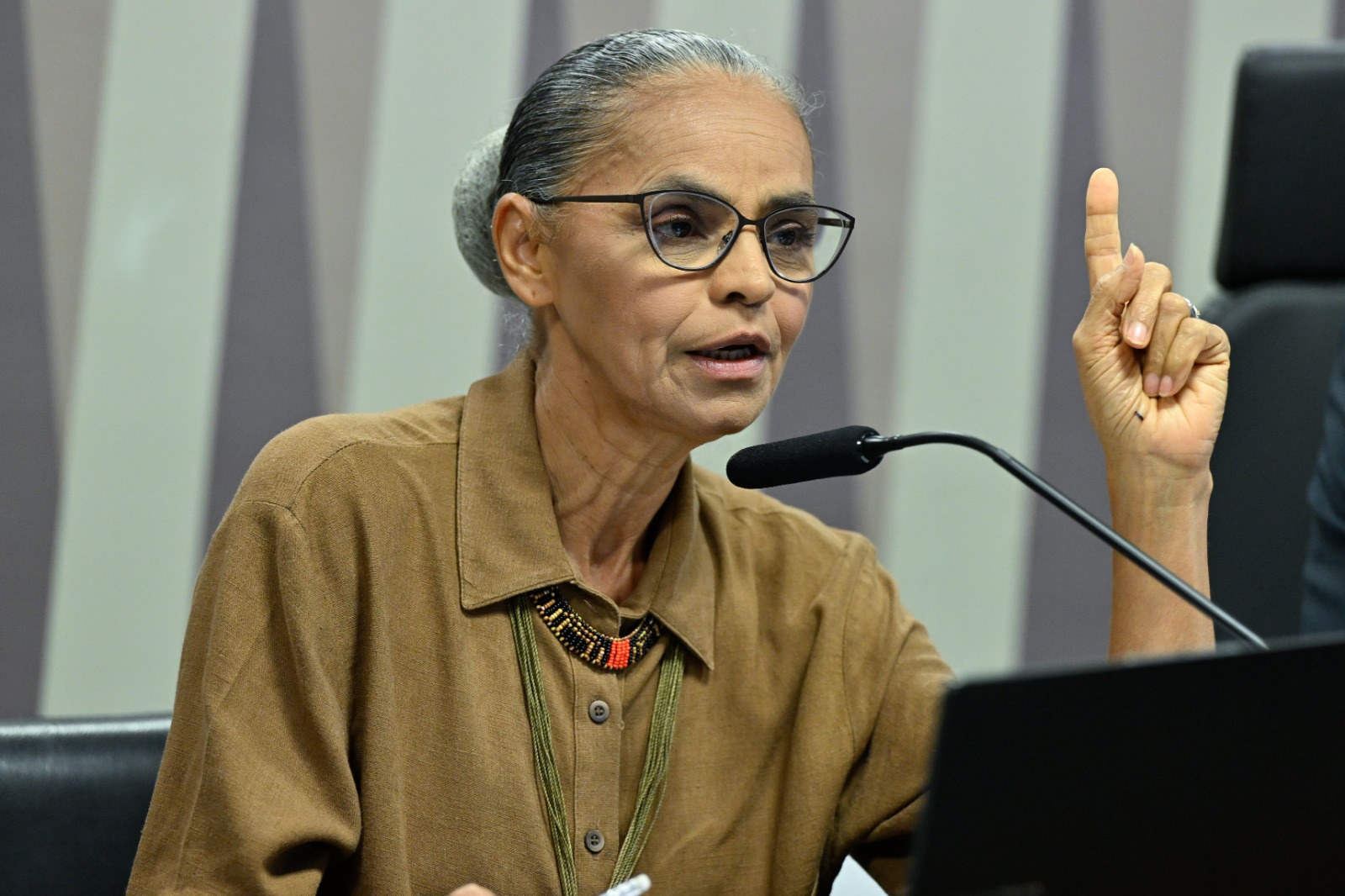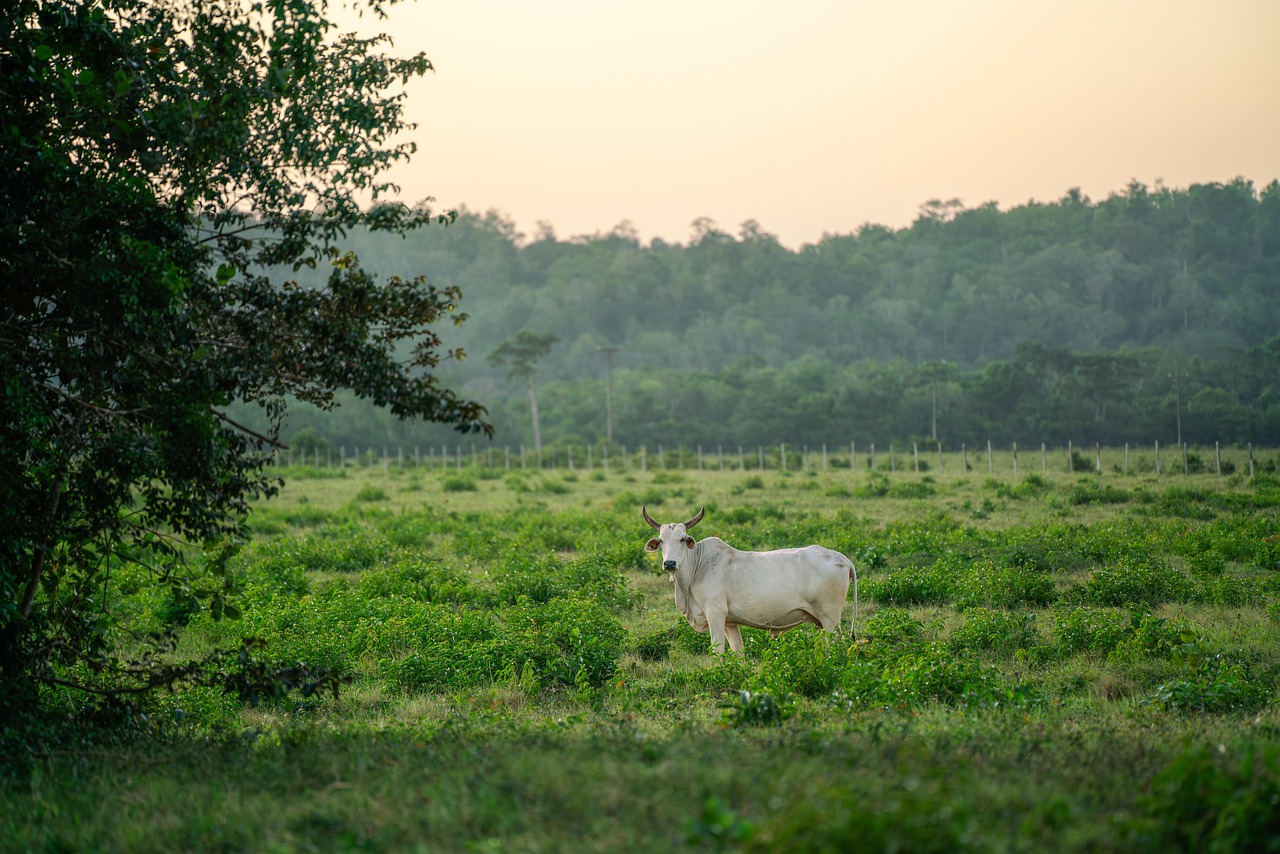
Farms are a potent force to combat climate change thanks to the soil’s ability to sequester over a billion additional tons of carbon globally every year.
With over 4.62 billion acres of farmland worldwide, the food system accounts for approximately 22% of global greenhouse gas emissions. But that challenge of cutting and sequestering emissions is also a massive opportunity.
Beyond its traditional role of feeding the world, the agriculture sector can adopt climate-smart agriculture practices to remove direct or supply chain emissions. Climate-smart practices help lower greenhouse gases and boost the efficiency of resources and resilience to changing climates with innovation while ensuring food security. Given its benefits beyond sustainability, the concept has broad support across supply chains and the political spectrum.
Evolving agricultural practices

The production needed to feed the world has evolved with each growing season as industry, science and innovation improve. Progress in the last 50 years has resulted in more food grown with fewer resources. Farming is complex and growers require custom solutions to implement new or evolving best management practices.
Climate-smart agriculture practices may include no-till or cover crops, which are critical as they can help farmlands respond to extreme weather events and boost soil health for better yields. However, high upfront costs and short-term risks to yields are hampering progress.
Canada is a leader in climate-smart agriculture and holds one of the world’s largest carbon sinks, thanks to its rich and vast forest and land reserves. The Royal Bank of Canada has been working with producers and supply chain stakeholders to move climate-smart agriculture forward while pushing federal and provincial governments for immediate change.
However, addressing overall challenges means confronting three key obstacles that prevent progress.
3 challenges to adopting climate-smart agriculture
1. The need for a collaborative agricultural supply chain
Public funding to support farmers in implementing climate-smart agricultural practices, such as covering crops or reducing tillage, is growing but more is needed to catalyze change. The agricultural supply chain needs to be part of the solution to accelerate the growth and adoption of more resilient farms.
Consumer-packaged good companies must pay farmers more for climate-smart food to decrease their scope 3 emissions, through a “green premium” or “carbon inset.” This resource will help compensate producers for the costs and risks they need to handle the adoption of new climate-smart farming practices.
By reducing scope 3 emissions, food companies can also ensure their supply chains are sustainable and shield future extreme weather-related events. Climate-smart agriculture not only reduces emissions but increases the vitalization of soil.
2. The absence of robust metrics to assess progress
Farms face several challenges to adopting climate-smart agriculture practices but one of the biggest is understanding the metrics they need to measure their progress (at least in Canada).
Scientific standards and technology are improving but limited access to these pricey and time-consuming methods and tools makes it difficult for farmers to adopt them. Unfortunately, this challenge is slowing progress and not enabling producers to get appropriately compensated for practices that increase carbon sequestration or reduce emissions.
3. Ensuring sustainability benefits the environment and bottom lines
Investing in climate-smart agriculture is expensive. For instance, installing a biodigester can cost anywhere between CAD$2 million and CAD$3 million, a significant capital investment for many small farms. Connecting the digester with a natural gas pipeline costs CAD$5 million. Steep upfront costs limit adoption but a robust agricultural supply chain is needed to create market opportunities for farmers. For instance, stakeholders can encourage utilities to purchase a certain amount of renewable natural gas from farms to make their investments viable.
Supply chain collaboration is more critical today than ever, as more than government funding for climate-smart agricultural practices will be required. Market initiatives that can accommodate farms of different commodities and sizes will be imperative as public funding is agnostic to the type of farm that applies. Supply chain partners can spur further climate action by creating financing or market initiatives in which all farms can participate.
Financing climate-smart agriculture
Realizing that Canadian producers lack adequate financial support to strengthen the country’s agricultural revolution, RBC and food industry leaders and experts are pooling their resources to drive change.
Through the launch of the Canadian Alliance for Net Zero Agrifood (CANZA), RBC, Nutrien, Maple Leaf Foods, McCain Foods, Loblaw, and the Boston Consulting Group’s Centre for Canada’s Future – with support from Smart Prosperity Institute/Natural Step Canada, and the Arrell Food Institute – aim to bring the right stakeholders together across the food value chain.
The group, launched earlier this year, aims to significantly scale up investment and drive innovation at a national level to help Canada reach its goal of cutting emissions in the agriculture sector by 150 metro tonnes by 2050. The Net Zero aspirations of Canadian producers can serve as a global blueprint for agriculture.






